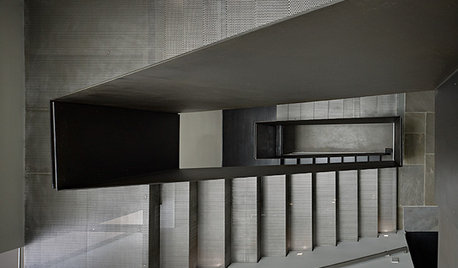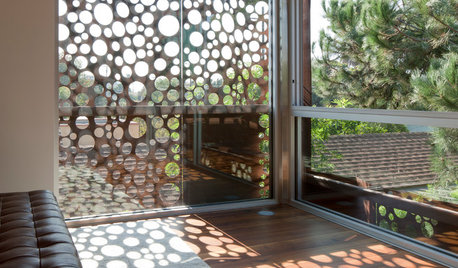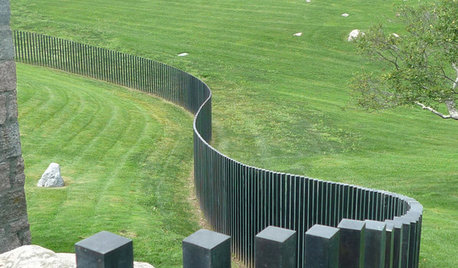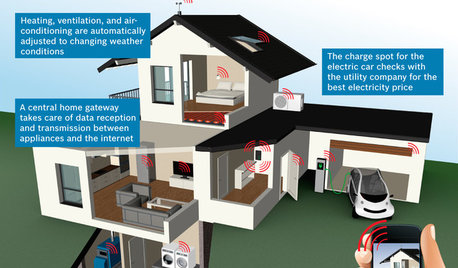Connect stranded to solid wire
Pyewacket
9 years ago
Related Stories

REMODELING GUIDESYour Floor: An Introduction to Solid-Plank Wood Floors
Get the Pros and Cons of Oak, Ash, Pine, Maple and Solid Bamboo
Full Story
REMODELING GUIDESTransition Time: How to Connect Tile and Hardwood Floors
Plan ahead to prevent unsightly or unsafe transitions between floor surfaces. Here's what you need to know
Full Story
STAIRWAYSBeautiful Stairs: Safety Meets Style
Solid to Near-Transparent Materials Turn the Humble Railing Into High Design
Full Story
MATERIALS8 Perfect Places for Cutout Designs
Looking for breathtaking drama or simple creative flair? Punched-out panels and meshes are a solid choice
Full Story
LANDSCAPE DESIGNGood Fences, Good Neighbors — and Good Views
See-through vertical fencing connects a yard with its surroundings while keeping children and pets safely inside
Full Story
THE HARDWORKING HOMECES 2015: Inching Toward a Smarter Home
Companies are betting big on connected devices in 2015. Here’s a look at what’s to come
Full Story
INSIDE HOUZZTell Us Your Houzz Success Story
Have you used the site to connect with professionals, browse photos and more to make your project run smoother? We want to hear your story
Full Story
MODERN HOMESHouzz Tour: Seeing the Light in a Sydney Terrace House
A narrow row house gains lots of interior sunshine and a connection to the outdoors without sacrificing privacy
Full Story
MIDCENTURY HOMESKitchen of the Week: Walls Come Down in a Colorful Midcentury Space
In this modern home, a galley kitchen opens up and connects to dining and family areas with a roomy bamboo island
Full Story
HOUZZ TOURSHouzz Tour: A Fresh Look for a Classic Minnesota Home
An architectural designer updates an urban farmhouse, mixing vintage details with an open layout made for modern living
Full StorySponsored
Zanesville's Most Skilled & Knowledgeable Home Improvement Specialists
More Discussions








kudzu9
kudzu9
Related Professionals
Lake Nona Electricians · Annandale General Contractors · Binghamton General Contractors · De Pere General Contractors · Dover General Contractors · Endicott General Contractors · Enfield General Contractors · Fairview General Contractors · Keene General Contractors · Titusville General Contractors · West Melbourne General Contractors · Hillcrest Heights Handyman · Old Saybrook Solar Energy Systems · Lees Summit Home Automation & Home Media · Temecula Home Automation & Home Mediamtvhike
kudzu9
PyewacketOriginal Author